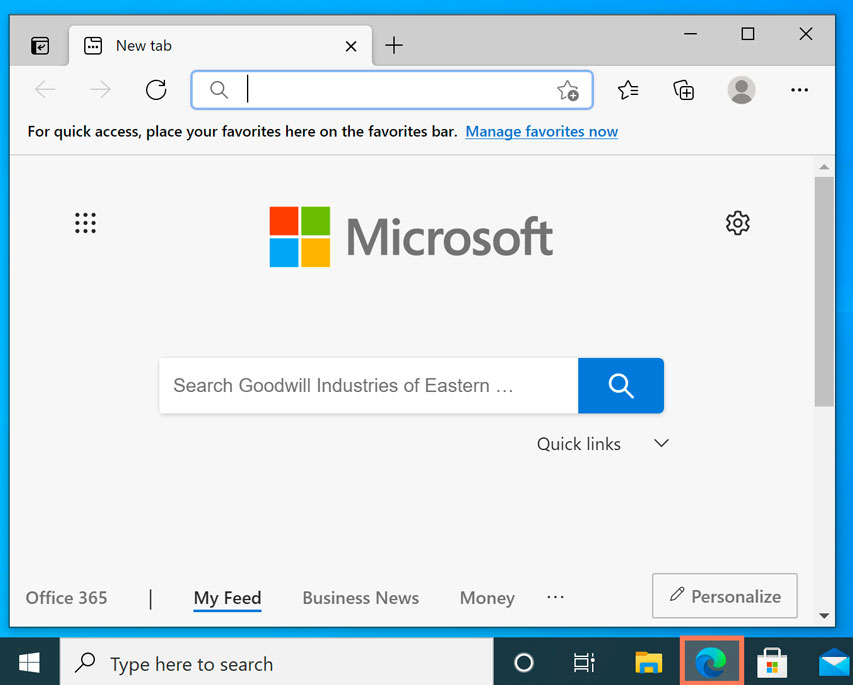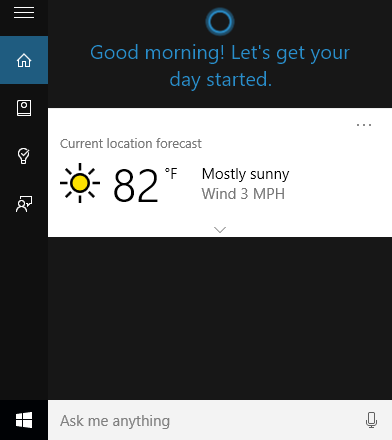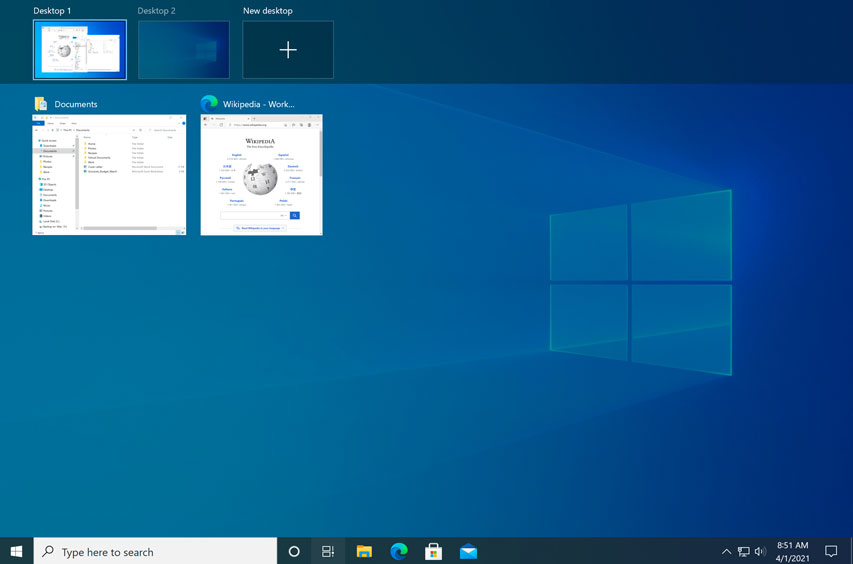Windows 10 -
Windows 10: Frequently Asked Questions

Windows 10
Windows 10: Frequently Asked Questions


In 2015, Microsoft released Windows 10, the newest version of the Microsoft Windows operating system. We'd like to give you a brief overview of Windows 10 and try to answer some questions you may have at this time.
The Windows 10 upgrade costs around $139 and is available directly from Microsoft here. If your computer uses Windows 7 or Windows 8.1 and meets the system requirements, you'll be able to download and install Windows 10 on your existing computer. Windows 10 also comes pre-installed on most new PCs.
If you’re using an older version, such as Windows XP or Vista, your computer probably won't meet the system requirements to upgrade to Windows 10. If you’re thinking about upgrading an older computer, we’d recommend purchasing a new computer that already has Windows 10 installed.
Many users complained that Windows 8 (the previous version) was confusing and difficult to use. As a result, Windows 10 looks and feels similar to older versions. For example, whereas Windows 8 uses the Start screen to launch applications, Windows 10 uses the traditional Start menu. Still, Windows 10 includes a lot of new features and improvements, including:



Apps you previously had installed on your Windows 7 or Windows 8 computer will still be there once you upgrade to Windows 10.
If you are upgrading from Windows 7 or Windows 8, most of your apps should still work. However, if you're using an older version like Vista or XP, there's a good chance some of your apps will not be compatible with Windows 10. A simple Google search will often be enough to tell if an app will be compatible with Windows 10.
No, you aren't required to upgrade to Windows 10. However, it's worth noting that all support for Windows 7 has ended, and mainstream support for Windows 8 will end on January 10, 2023. For this reason, we recommend upgrading to Windows 10 if possible.
Yes, but if you use a Professional or Enterprise version of Windows at your office, you may need someone from the IT department to install the upgrade on your computer.
Many people expected this version to be called Windows 9. For whatever reason, Microsoft decided to skip a version number and go straight to Windows 10.
/en/windows10/windows-10-features/content/